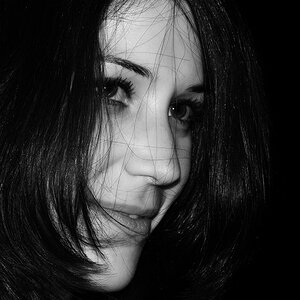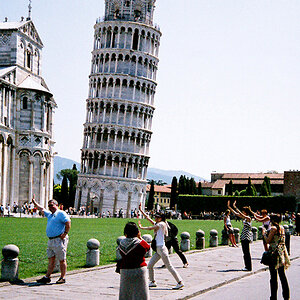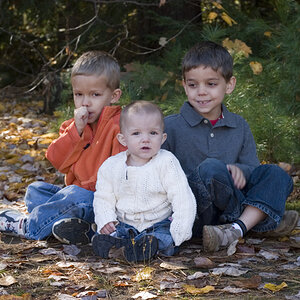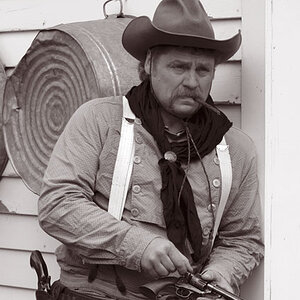Jimbo60
TPF Noob!
- Joined
- Jan 27, 2008
- Messages
- 21
- Reaction score
- 0
- Location
- SoCal
- Can others edit my Photos
- Photos NOT OK to edit
Though I am pretty much a total n00b to digital photography. I have had quite a bit of experience in film.
I've been out of the field for a while and decided to get back into it with a DSLR.
When I shot film, I primarily shot Ektachrome 100, Kodachrome 64, and Velvia. Shooting transparencies was my way of maintaining control over the final image as much as possible. Using exposure, filters, etc....
Then you could argue with the lab when it came time to make prints. "make it exactly like the slide!!!".
So I guess what I'm trying to say is that alot of post production isn't necessary for me. I still want to capture my vision with the best possible image in the camera.
However, I do want to be able to make an acceptable print (I know that the printer/ink/paper selection is extremely important).
So my question is what is the best software that will allow, minimum but sometimes necessary, corrections and editing?
Thanks for your help.
............ Jim
I've been out of the field for a while and decided to get back into it with a DSLR.
When I shot film, I primarily shot Ektachrome 100, Kodachrome 64, and Velvia. Shooting transparencies was my way of maintaining control over the final image as much as possible. Using exposure, filters, etc....
Then you could argue with the lab when it came time to make prints. "make it exactly like the slide!!!".
So I guess what I'm trying to say is that alot of post production isn't necessary for me. I still want to capture my vision with the best possible image in the camera.
However, I do want to be able to make an acceptable print (I know that the printer/ink/paper selection is extremely important).
So my question is what is the best software that will allow, minimum but sometimes necessary, corrections and editing?
Thanks for your help.
............ Jim



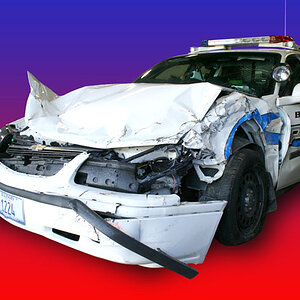

![[No title]](/data/xfmg/thumbnail/42/42276-99df5da06c3e5dc83ae4bab11e935910.jpg?1619740085)

